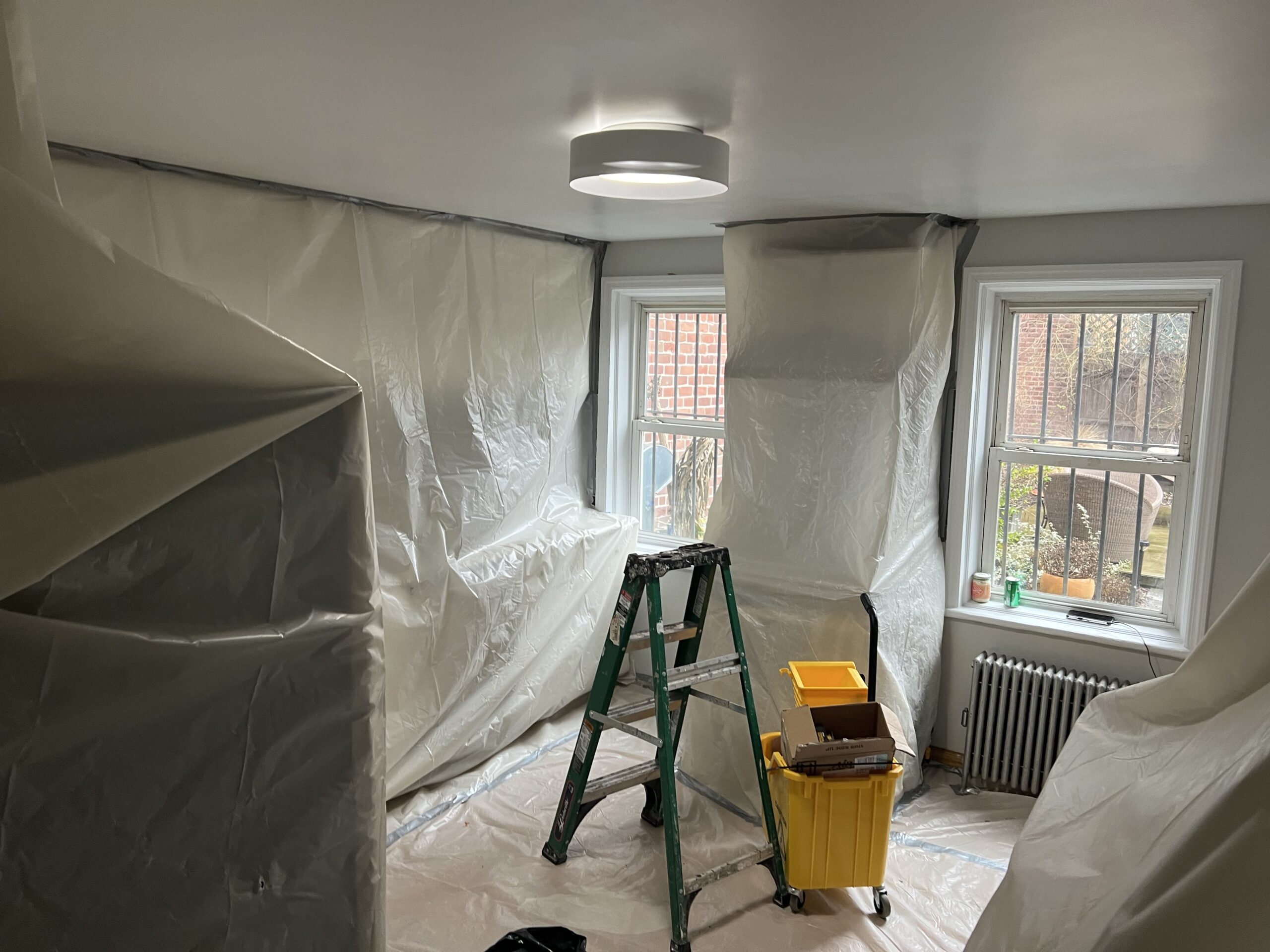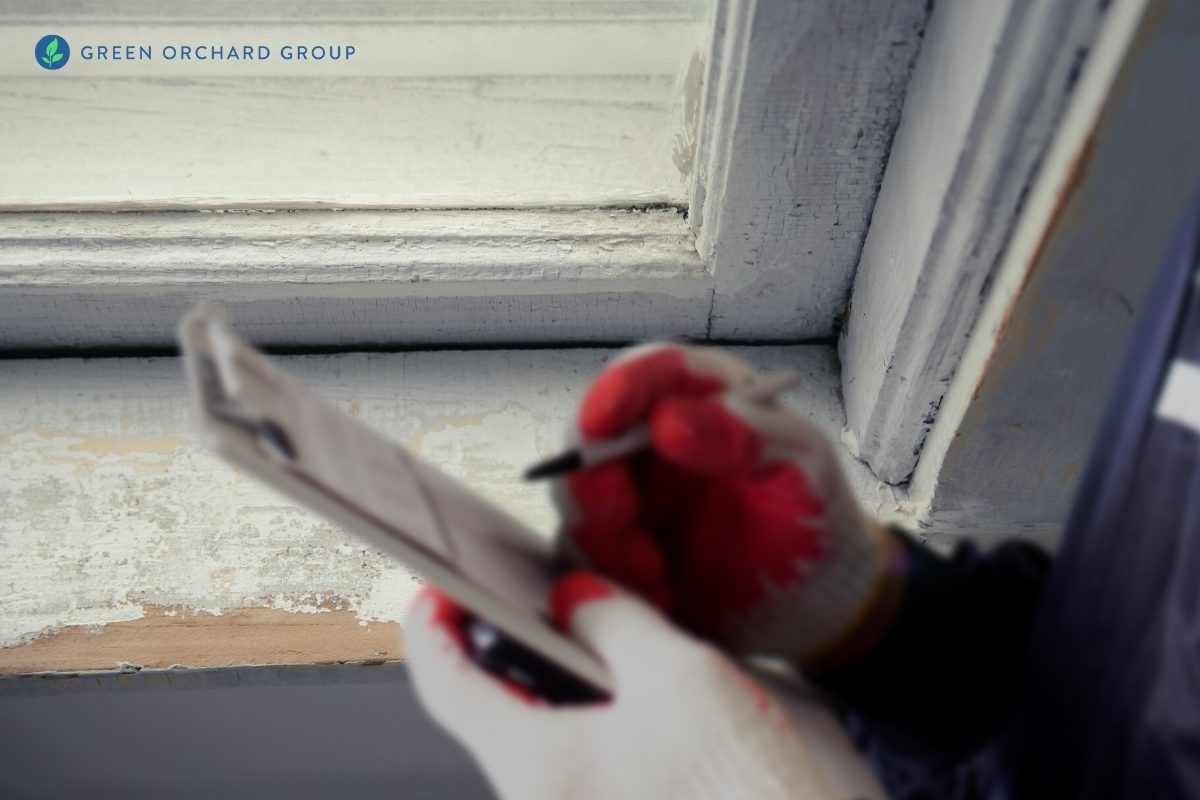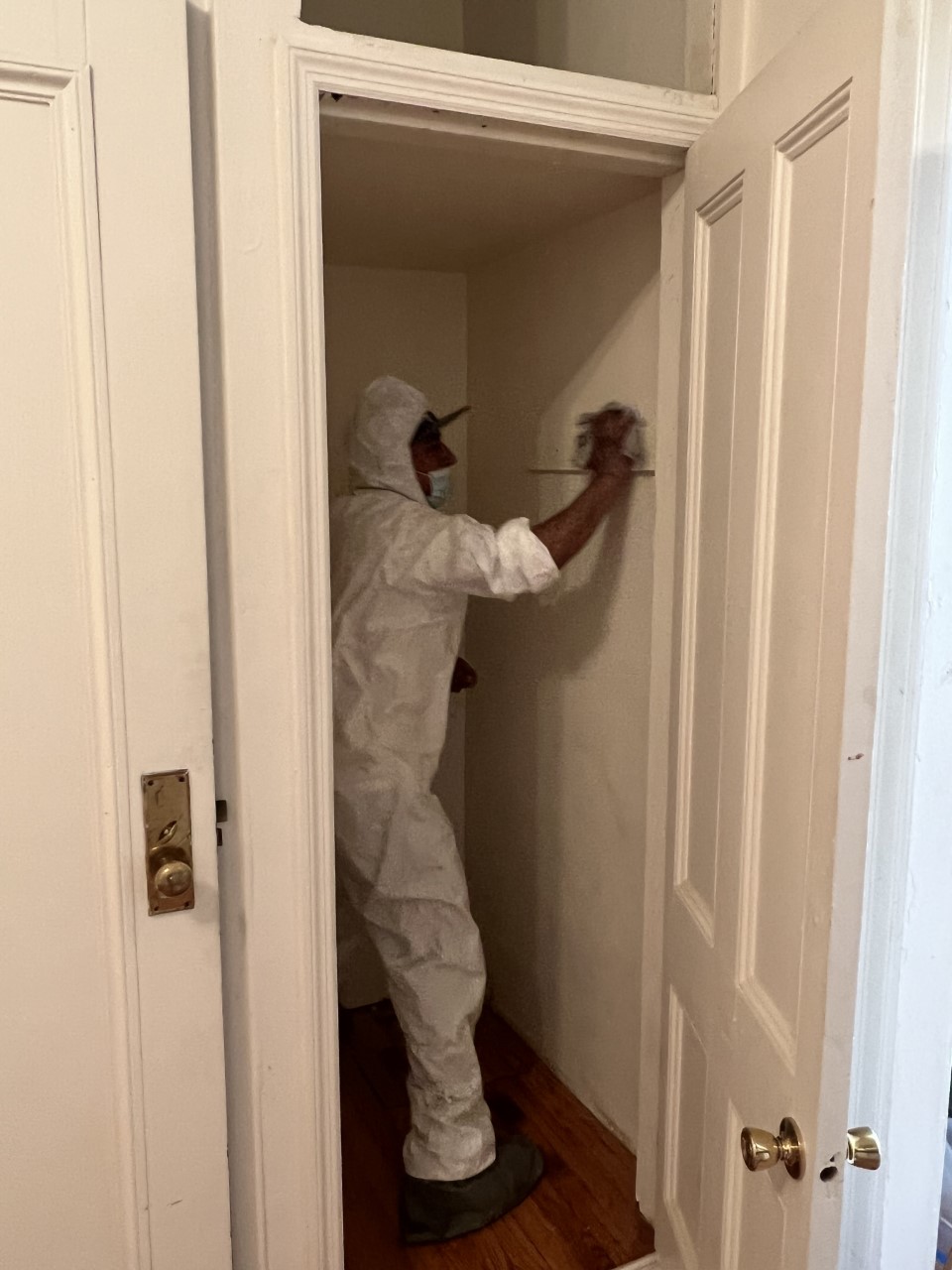Best Practices for Making Certain Safe and Comprehensive Lead Infraction Abatement
Dealing with lead infraction abatement needs a multi-faceted technique to ensure both safety and conformity. It's the last clearance process, including detailed inspections and lab screening, that really verifies a lead-free atmosphere, guaranteeing long-lasting security. Just how do these methods interconnect to assure comprehensive lead reduction?

Initial Analysis
Conducting a preliminary analysis is an essential primary step in lead offense abatement. This stage encompasses a detailed evaluation of the residential or commercial property to identify the visibility, degree, and particular areas of lead-based threats. Certified experts, such as qualified lead inspectors or take the chance of assessors, should perform an extensive site examination, utilizing devices like X-ray fluorescence (XRF) analyzers to properly discover and gauge lead focus in paint, dirt, soil, and water.
The evaluation needs to also consist of an evaluation of the structure's history, previous reports, and any type of grievances or health and wellness issues reported by residents - Lead Removal Contractors. Recording the searchings for thoroughly is crucial, as these records create the basis for creating an efficient abatement method. A complete evaluation also entails tasting and laboratory analysis, which are important to validate the existence of lead and overview succeeding actions
Furthermore, it is essential to connect the results transparently to all stakeholders, including homeowner, renters, and governing authorities. By making sure that the preliminary evaluation is conducted with accuracy and roughness, professionals can lay a solid structure for a targeted and effective lead abatement procedure, eventually protecting public health and ensuring conformity with regulatory requirements.
Appropriate Containment
Proper containment is important to stop the spread of lead impurities during reduction activities. Successfully managing containment lessens the risk of lead dust and particles moving to non-work areas, thereby protecting both the atmosphere and individuals outside the immediate job area. To attain appropriate control, a closed obstacle of plastic sheet should be established around the work location, ensuring all joints and sides are firmly secured. Lead Removal Contractors. This obstacle needs to expand from floor to ceiling and be taped down to prevent any kind of leaks.

Routine inspections of the control area are needed to look for violations or weaknesses in the obstacle. Any kind of determined issues need to be without delay dealt with to maintain the honesty of the control. By adhering to these practices, abatement projects can properly manage lead contamination and alleviate connected health and wellness dangers.
Worker Defense
Making certain worker protection is extremely important throughout lead abatement tasks to stop job-related exposure to unsafe lead particles. Crucial steps consist of using personal safety devices (PPE) such as respirators, gloves, and full-body fits especially developed to obstruct lead dirt and fumes. Workers ought to go through thorough training on the correct usage and upkeep of PPE, consisting of fit testing for respirators to make sure optimum efficiency.
Engineering controls, such as regional exhaust air flow systems, are critical in reducing air-borne lead focus in the work environment. Management controls need to also be applied, including limiting the period of direct exposure and rotating employees to lower individual exposure times. Regular medical monitoring and organic monitoring are vital for early detection of lead absorption, making it possible for prompt treatment and treatment.
Moreover, developing a decontamination procedure is crucial. Employees should comply with rigorous decontamination treatments prior to breaks and at the end of their shift to stop lead dirt from being lugged outside the workplace. This consists of comprehensive hand and face washing with lead-specific cleaning representatives and transforming out of infected clothing.
Meticulous Cleanup
Preserving a risk-free workplace prolongs beyond worker protection and encompasses meticulous clean-up to make sure lead bits are completely removed from the site. The procedure of thorough cleanup is crucial in protecting against the recontamination of the moderated location and safeguarding both current and future residents.
To accomplish a thorough clean-up, all workplace must be methodically sanitized. This includes making use of specialized HEPA (High-Efficiency Particulate Air) hoover blog here and wet-wiping strategies to record and get rid of fine lead dust that might have decided on surfaces. It is necessary to clean up all horizontal surface areas, including floorings, home window sills, and counter tops, along with vertical surfaces that might have entraped lead bits.
Workers must put on suitable individual protective tools (PPE) throughout cleanup to stay clear of exposure to recurring lead dust. Used cleaning products such as wipes, sponges, and mop heads should be gotten rid of based on hazardous waste disposal regulations.

Last Clearance
Final clearance is the vital concluding stage of lead abatement that determines whether the site is secure for reoccupation. This vital action includes comprehensive assessment and screening to verify that all lead threats have been successfully eliminated. The procedure starts with a visual evaluation by a qualified lead-based paint examiner or threat assessor to guarantee no noticeable dust or particles remains. This is followed by gathering dirt clean examples from various surface areas, including floors, windowsills, and various other horizontal surface areas. Lead Removal Contractors.

Last clearance testing not just secures future occupants yet additionally makes sure compliance with local, state, and government laws. It offers as a documented validation of the abatement contractor's adherence to industry finest techniques. Making certain an extensive and effective last clearance is necessary in guarding public wellness and fostering count on the reduction procedure.
Conclusion
Ensuring risk-free and detailed lead offense reduction demands a diverse strategy incorporating initial analyses with sophisticated detection approaches, effective containment methods, stringent site link worker protection procedures, and careful cleaning procedures. The last clearance stage, including comprehensive evaluations and research laboratory testing, is critical to verify conformity with EPA criteria. Adherence to these finest methods ensures a secure environment for owners, minimizes health and wellness risks, and supports regulatory needs, therefore promoting public health and safety in lead-affected locations.